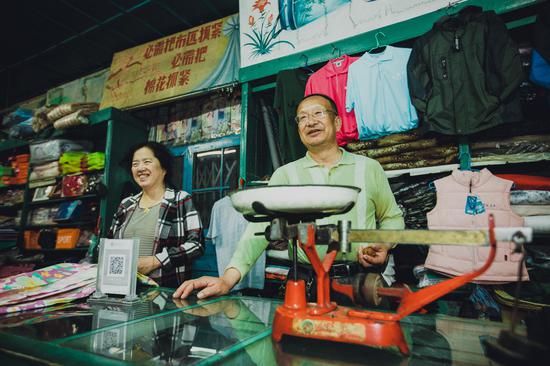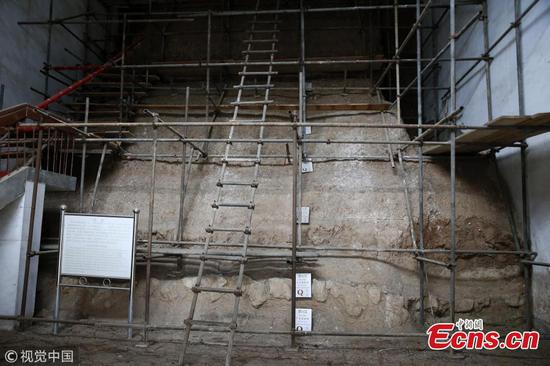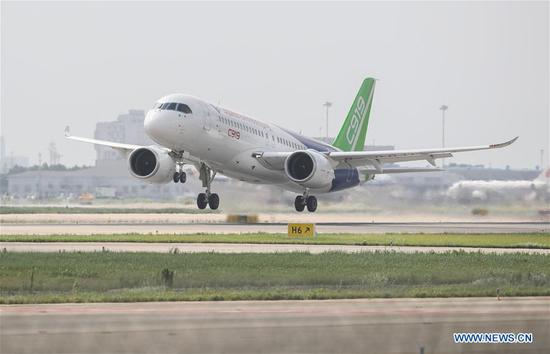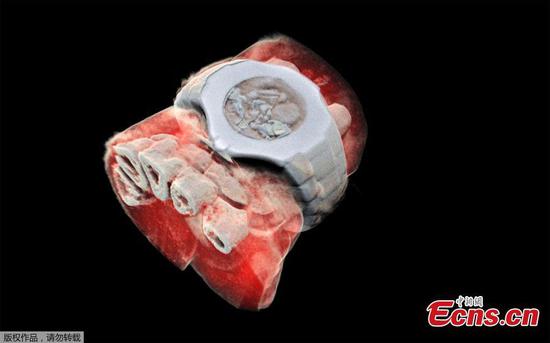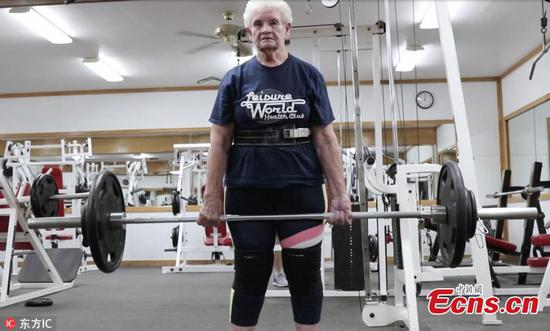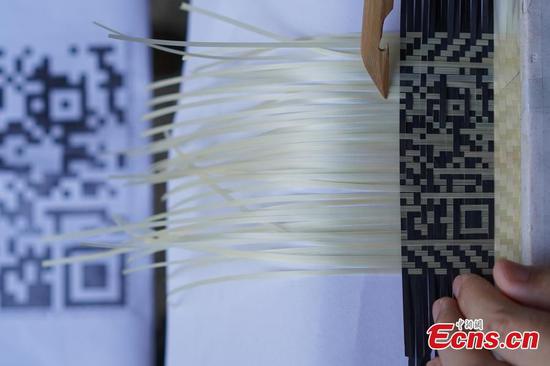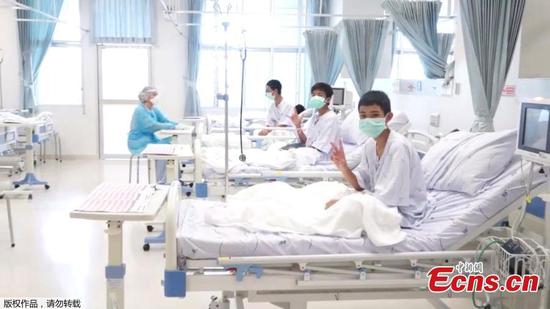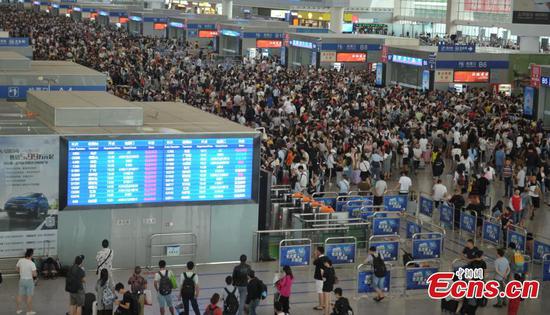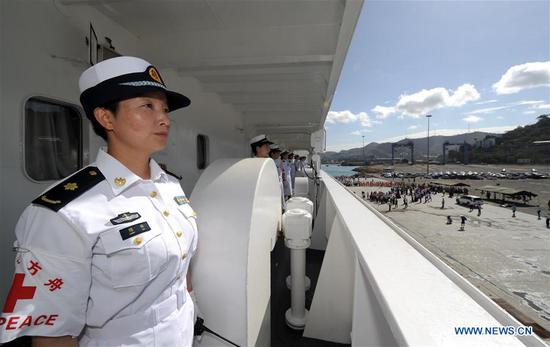China's foreign trade showed strong resilience in the first half of this year with robust imports and stable exports, showing the economy has so far stood up to the impact from the escalation of trade frictions with the United States.
The country's goods trade went up 7.9 percent year on year to 14.12 trillion yuan (about 2.12 trillion U.S. dollars) in the January-June period, customs data showed Friday.
Exports rose 4.9 percent, while imports grew 11.5 percent, which resulted in a trade surplus of 901.32 billion yuan, narrowing by 26.7 percent, according to the General Administration of Customs (GAC).
GAC spokesperson Huang Songping said at a press conference that foreign trade has largely maintained rapid growth year to date thanks to a continued global economic recovery and a stable domestic economy.
Exports and imports of products under the general trade category, which are differentiated from processing trade, gained 12.2 percent from a year ago to 8.33 trillion yuan, accounting for 59 percent of the total foreign trade, 2.3 percentage points higher than the same period in 2017.
Ties with major trading partners strengthened.
China's trade with the European Union, its largest trading partner, climbed 5.3 percent, and trade with the United States and ASEAN countries were up 5.2 percent and 11 percent, respectively. The three contributed 41 percent of China's total foreign trade.
Trade with the Central and Eastern European countries was especially robust, up 14.7 percent year on year. Trade with countries along the Belt and Road also registered faster-than-average growth.
Huang noted China has made headway in pushing for more balanced trade, citing that its surplus had shrunk for eight quarters in a row, on the back of much faster growth in imports.
"China's surplus in goods trade was determined by its economic structure and the international division of labor, which should be treated objectively and rationally," Huang said, noting that along with further opening up, China's foreign trade will see more balanced development.
China's pro-import policies have taken effect as there have been considerable import increases in products from raw materials to consumer goods in the first six months.
Natural gas imports jumped by 35.4 percent from a year ago, crude by 5.8 percent, refined oil by 9.7 percent and copper by 16.3 percent. Imports of cosmetics doubled, and those for aquatic and marine products rose by 12.4 percent. Medicines saw an 8-percent increase.
China on Monday published guidelines on further expanding imports in the latest effort to balance its trade, promising tariff cuts, clean-ups of unreasonable price mark-ups, and better intellectual property rights protection.
Incentives will be given to imports of daily consumer goods, medicine, and equipment for rehabilitation and elderly care, according to the document.
Analysts believe China's imports will continue their steady growth thanks to new favorable policies rolled out this year. The government put into effect huge new tariff cuts covering consumer goods and automobiles at the beginning of this month.
"Significantly reducing the import tariffs for daily consumer goods is conducive to expanding China's opening-up and serves as a major measure and action in the country's initiative to open its market," according to the Customs Tariff Commission of the State Council.
While highlighting improvement in China's foreign trade, Huang also acknowledged that challenges will likely emerge in the future due to rising "instability and uncertainty" globally.
The United States has slapped hefty levies on a wide range of Chinese products, igniting the largest trade war in economic history.
The Trump administration first imposed a 25-percent tariff on 34 billion U.S. dollars' worth of annual imports from China, with another 16 billion dollars on the way, and then went further to create a list of tariffs on another 200 billion dollars' worth of goods.
Concerns have been on the rise that such trade barriers will hamper warming global trade, disrupt the multilateral trade order, and create a negative-sum game for all world economies.
"After the United States initiated additional tariffs against some Chinese products, China also introduced countermeasures proportionately. The trade disputes will affect China-U.S. trade and be detrimental to global trade," Huang said, adding that the GAC will closely watch the situation.
But the official was optimistic that China's foreign trade will remain steady into the second half, saying the country is "confident in and capable of handling [the impact]" of unilateralism and protectionism.
China-U.S. trade, valued at 1.93 trillion yuan in the first half, accounted for 13.7 percent of the country's total foreign trade, with exports up 5.7 percent and imports up 4 percent.












